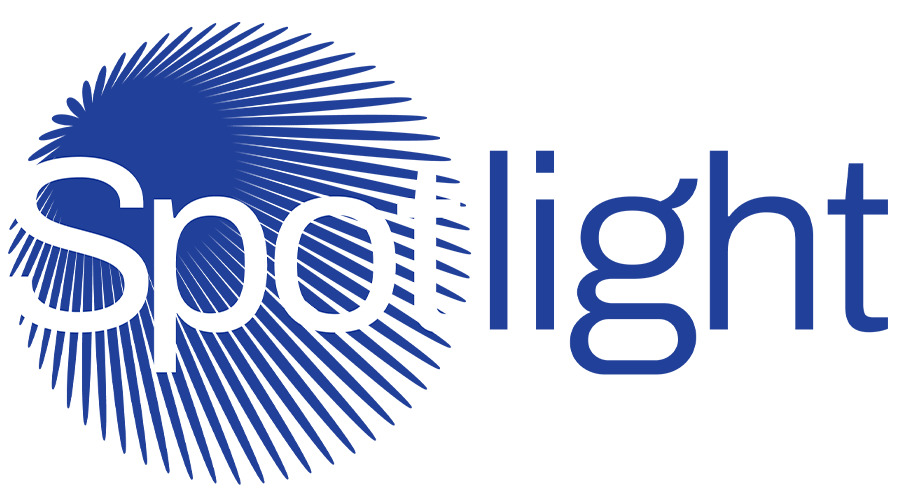Detectives solve mysteries. And business is full of mysteries.
For example: it’s one thing knowing who your best channel partners are, but what exactly are those partners doing the best? Can
you replicate their performance in other partners – and if so, how? Are there signs that any of them may be falling out of love with
you?
It’s true, of course, that you might get some of that information anecdotally, or even intuitively. You might even get it directly in
conversation, like a detective would. But detectives also look for clues in other places – clues that are often more reliable and
illuminating.
In business, one of the best sources of those clues is data.
One of the great things about data is that it’s a source of truth. It is objective and detached. It has no agenda, it isn’t swayed by
emotion, it doesn’t judge.
And data analytics is a loyal tool, available and willing to put its smarts to use. It is very clever, able to dig through and distil
mammoth amounts of information very quickly. It is diligent, doing so without fuss or resistance. It is obedient, answering what you
ask of it.
Which begs the question: what, indeed, could you ask of it?
Well, data is at its most interesting and revealing when it can show you things you otherwise might not, would not, or could not know.
What makes your best partners your best partners? (And the worst, the worst?)
Obviously, you want to know who’s selling the biggest quantities of your products. But that’s not necessarily where it ends.
You might also want to look at how fast or how frequently they’re selling. Or, it might be important that they market your products well – that your partners are displaying them correctly, are knowledgeable about them, are carrying the full range. Or it might be important that they’re loyal to your brand, and are engaging with your brand (for example, through incentive programs) more than competitor brands.
These are all things that you can use data to track and measure.
By the same token, you can also look at data to identify commonalities in your worst performing or least engaged partners. For example, are there patterns? Do most of them seem to be in a certain age group, or geographic location? Are there particular communication channels that are not working as well as others? This is useful data because it can indicate specific symptoms – and when you know what those are, you’re better able to provide the right treatment.
How do we get other channel partners to be as good as the best?
When you know what makes your best partners the best, you can use that data to engage other partners.
For example: what behaviours are you seeing in your top 10% of partners that you can try to replicate in the next best 20%? It might be that your best partners all seem to be doing well on specific dimensions or criteria. Perhaps your top 30% of partners are all very good when it comes to selling a full product range, and displaying those products beautifully. But the top 10% are scoring better in terms of opening emails or engaging with the app where product information or updates are shared. That could point to your best partners having better product knowledge. Or, the top 10% might just be engaging slightly more with an incentive program, and as a result are more loyal to your brand.
Those are more than clues – they point to solutions: change the way we communicate with certain partners, for example. Or encourage certain partners to move to an app-based incentive program.
Are your channel partners falling out of love with you?
What about partners who used to be your best ones, but aren’t anymore? Or those who are your best partners now, but might not be in future?
Data can help predict churn. How? By looking for signs.
Take a channel partner that, historically, has sold high quantities of your products, but recently has decreased those quantities.
Or, take a partner who, although not a top seller, has always sold consistently frequently – but recently has become a little erratic.
Or, in the case of an incentive program, take a partner who’s been a frequent redeemer of rewards on your program, but has recently slowed down.
Data can uncover each of those.
Now, of course, data from just last month may not signify anything, but what if there’s a pattern over, say, six months? That might be a sign that your partner is being won over by a competitor.
It’s also a signal and opportunity to check in with them, to ask what’s brought about the change, and to figure out ways to remedy that.
One of the most compelling things that data can reveal is less of a what than a when. Because it is available and accessible all the time, in real time.
Even if it’s data that businesses historically have had, they haven’t had it on demand. Instead, they’ve had to wait until the end of the month, or quarter, or campaign or promotion – by which time it’s too late to act on.
But if, for example, sales are sluggish ten days into the month, it’s handy to know that on the tenth of the month, when there’s still time to diagnose why, and then respond, adjust or intervene in order to get back on track.
Partner priorities, made elementary
When you have information of the kind described above, it can help to ease the tension between what’s important and what’s urgent, especially in the context of relationships with channel partners.
If, for example, you want to know who the five partners are that it’s most important to interact with this month, the data can help. If you just speak to one partner today, who should it be? The data can help.
Data is Sherlock Holmes’s modern-day magnifying glass
The charming old images of detectives with magnifying glasses have captured readers and audiences because of our curiosity to know whodunnit. Data is the contemporary business equivalent of that magnifying glass.
Of course, we have to know where to look, but when we do, and we point that data in the right direction, it can reveal clues and truths that help solve business mysteries and challenges.

